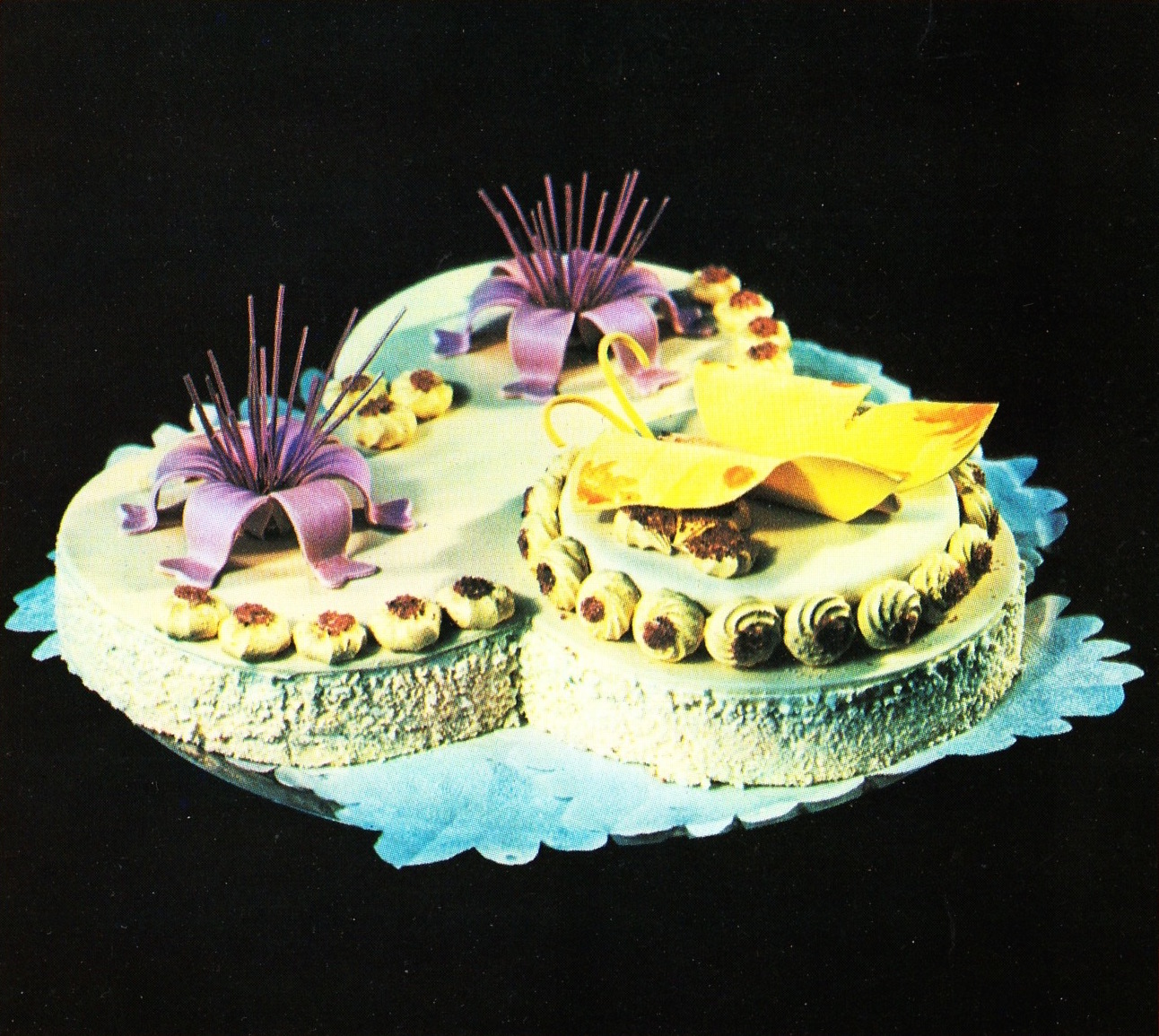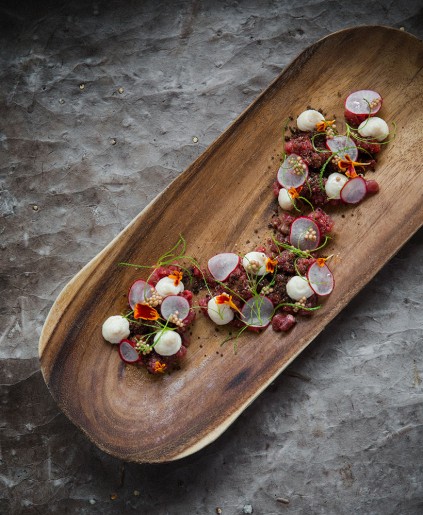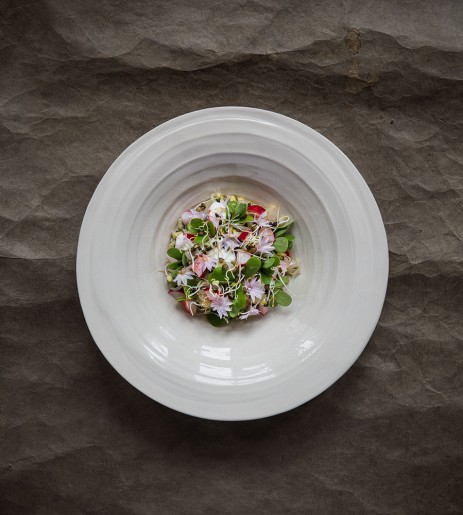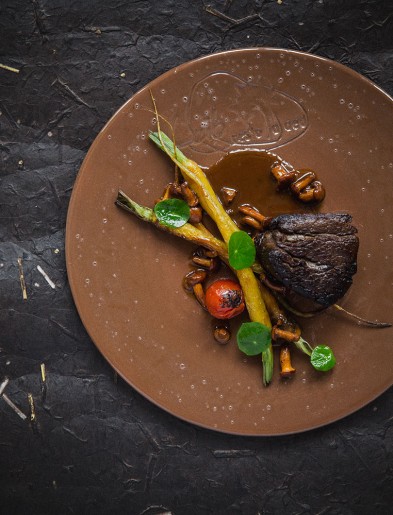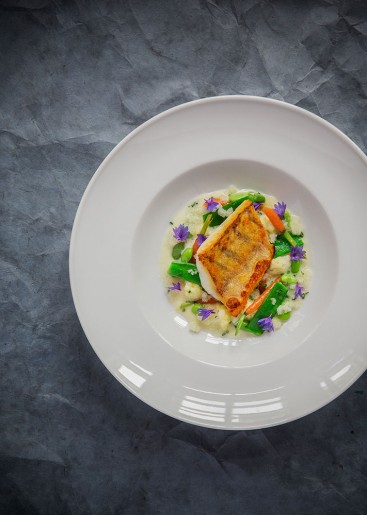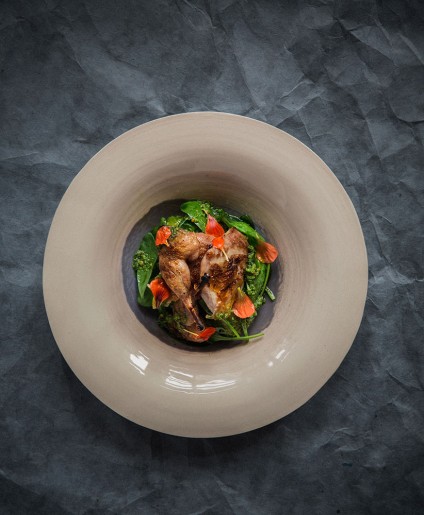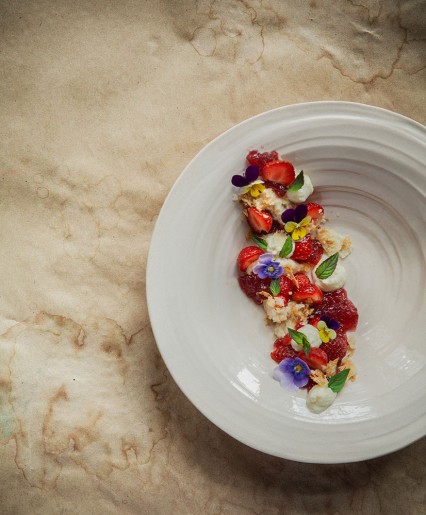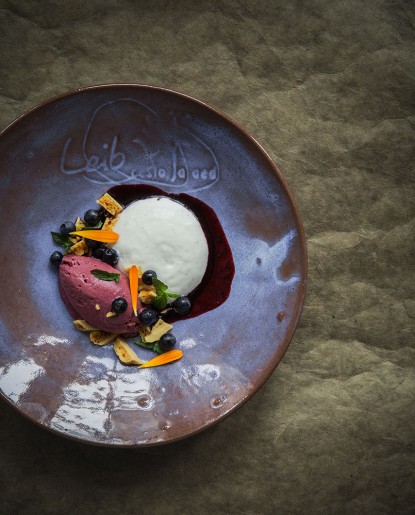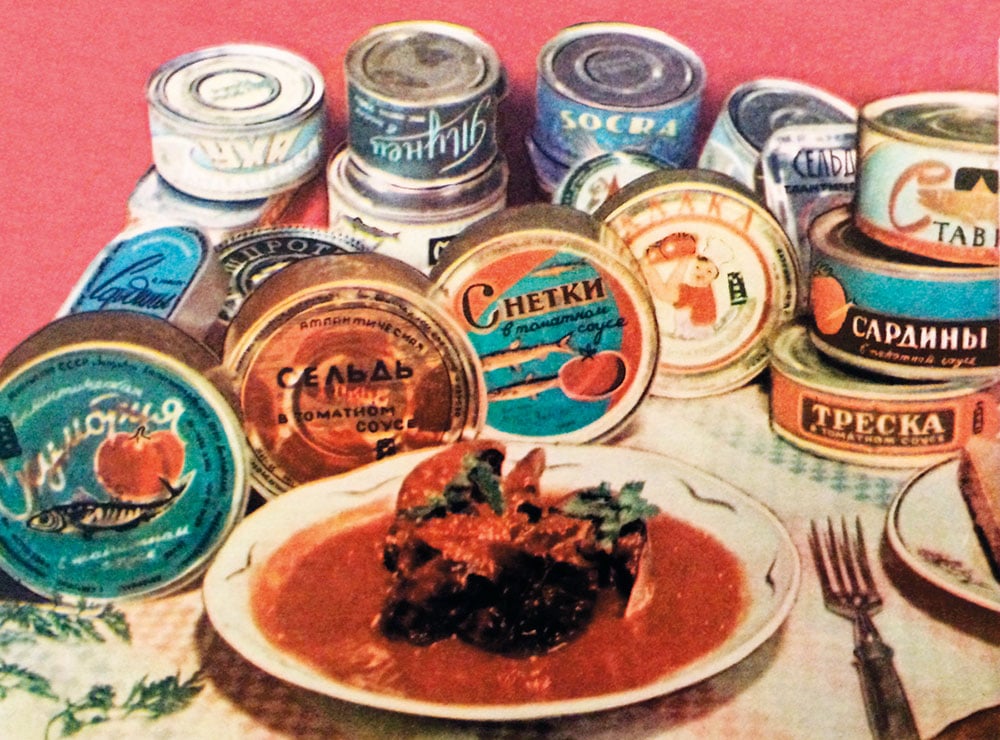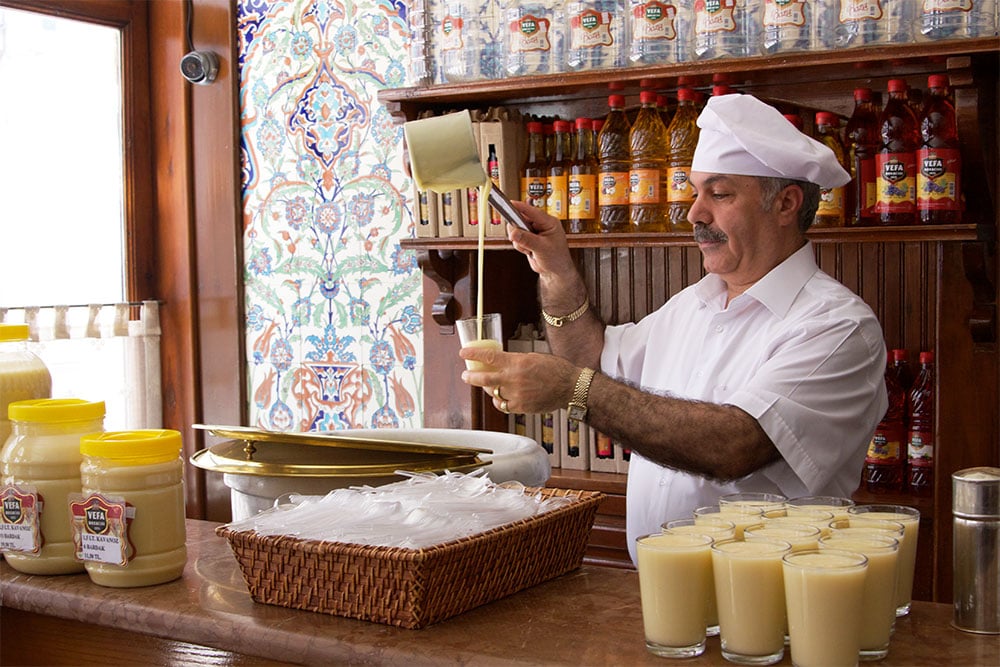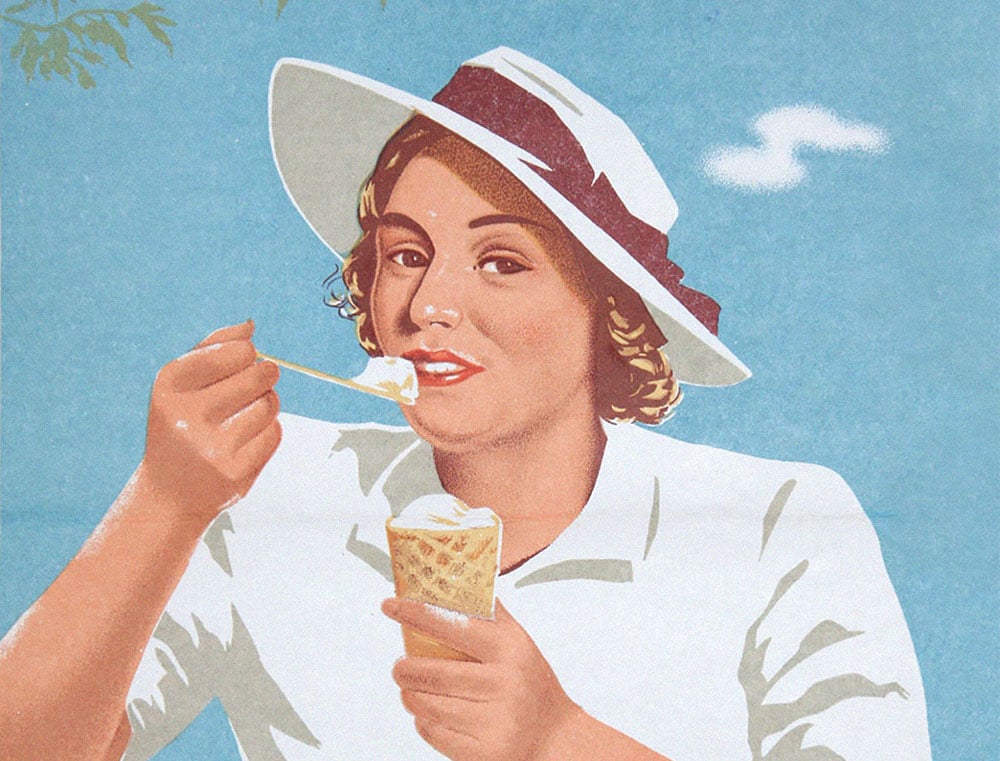Taste of home: searching for the real Estonia, one bite at a time
Soviet Food StoriesFrom Tallinn to London, how Katrina Kollegaeva rediscovered her roots through food
My uncharacteristically non-Slavic Titian looks and a faint, vaguely European accent have attracted a heavy share of “and … where are you from?” questioning over the last 17 years of my London life. My spiel generally goes like this:
I am Russian.
Well, not quite. Not from Russia per se.
My dad was Russian from Crimea and my mum was from Ukraine.
But I was born and grew up in Estonia.
“So, you’re Estonian?”
Well, no. I hardly speak Estonian. Neither do I have relatives in Russia.
These are complicated (but hardly unique in the global scheme of things) ethnic alliances. I am originally one of some 300,000 Russian-speakers in Estonia, the majority of whom had migrated there during the Soviet occupation, mainly sent by the state. My parents, however, were Soviet hippies. In the late Sixties they swapped their kooperativ flat in Nikolaev in Southern Ukraine for one “without comforts” in Tallinn, drawn by the Western-like allure of Estonia ... and Tallinn’s little cafes.
My dad for years frequented a tiny coffee bar opposite the Kosmos cinema for proper Turkish coffee brewed in sand. Mum favoured buns with curd cheese. “Vozdushnye!” (featherlike) is what they were for her.
Many of my “proper” Russian friends in London still tell me dreamily about Estonian dairy products, hankered for across the USSR
We lived for years above a bakery. Opposite was a butchers — almost unheard of in Soviet times. Estonia was considered a land of (relative) plenty. Due to a marginally better economic situation and its proximity to Finland, Tallinn was thought of as a “piece of the West”. Many of my “proper” Russian friends in London still tell me dreamily about Estonian dairy products, hankered for across the USSR. Their remarks both endear and annoy me. They make me feel excluded somehow from the huge, grey mass of real former-Soviet people. Silly, of course, but food has never fed the belly alone…
Produkty from the Baltics had the allure of alienness (I am still a bit of an alien to Russians, and to Brits of course, and definitely to Estonians. I had a passport actually titled Aliens until a few years back).
But really, I knew nothing about Estonian food until not long ago — nor about Estonia full stop.
I grew up in a totally Russian-speaking environment during the 1980s and 90s. At best the two communities, Russian and Estonian, hardly mixed. At worst they passionately despised each other. Food as always reflected the animosity: the ubiquitous Estonian Mulgikapsad (stew of cabbage with potatoes, sold in jars in shops) was and still is often given by Russians as an example of limited, unsophisticated Estonian culture.
Roll forward many years of being a Londoner and my nationalistic bitterness started to soften. With that, understanding and curiosity arrived, helped by my professional and academic interest in food — and, well, the trend in the new Nordic cuisine.
The now iconic restaurant Noma in Copenhagen sparked an interest in the food cultures of Northern Europe, with our harsher climates, abundance of wild produce and reliance on old methods of curing, drying and smoking. Estonia has been keen to be part of the movement. Aligning itself to its northern “brothers” was a natural progression for a country that has been realigning itself away from its communist past and towards the European Union.
“I like the way local, Baltic German, Scandinavian and Russian flavours have developed into something rather unique in the region,” Pille Petersoo, a celebrated Tallinn-based food writer and founder of an insanely popular blog about Estonian food, tells me. “Simple and pure flavours, very seasonal … the dairy, of course, sour cream and curd cheese are wonderful.”
At best the two communities, Russian and Estonian hardly mixed. At worst they passionately despised each other. Food as always reflected the animosity
Pille — a proper Estonian, as it were — was a wonderful inspiration for, let’s call it lyrically, my journey of discovery into the food of my homeland. I met her in Tallinn before hosting my first supper club in London, themed on the food of the Baltics, a few years back. We spoke English. She had lived in Edinburgh before. I recall having such an urge to acknowledge my understanding of the old nationalistic divide — I am now a part-time Guardian reader for God’s sake. I get it. It’s as if I needed to “confess” my earlier ignorance (Of “my” people? Of all of us really who were too attached to national ideals).
One ingredient which Pille and I talked about a fair deal which epitomises my newly found curiosity was kama — a unique oatmeal-like mix of ground and roasted barley, wheat, rye and peas. It tastes like milled nuts. Under communism kama was sometimes used as a substitute for chocolate because cocoa beans were very limited. Many of us still have fond memories of delicious, nutty kama bon-bons. The traditional way to eat kama is to mix it with yoghurt or kefir for breakfast. But I was forever taken by Pille’s playful recipe where the grains are mixed with mascarpone and Vana Tallinn, a herby Estonian liquor — the dish is now a regular on my menus in seasonal variations. I also love using kama in savoury dishes these days, as in these sweet potato patties or, with lovely fresh herring fried in butter (like in this Hugh Fearnley-Whittingstall recipe with Scottish oatmeal).
Oily fish is of course big in Scandinavia and every time I arrive in Tallinn my first breakfast consists of vürtsikilu (sprats) in peppery marinade on black bread, with an egg and spring onion.
“The essence of Estonian cuisine is in its numerous, small islands, which, because of their remoteness have been less affected by centuries of occupation,” says Roman Zaštšerinski. “It’s all about ingredients and simplicity.”
A funny little Baltic dish, a sliver of fish, a gorbushka of rye bread, all talk to me of sensuality, warmth and nostalgia
Roman is the owner of one of the new breed of restaurants in Tallinn that champions indigenous ingredients. Like me he is of Russian descent, and he manifests beautifully the shift over the last decade towards a more cosmopolitan, accepting attitude towards national origins – and food. Roman’s outlook effortlessly combines different influences from his heritage, such as buckwheat blinis with whitefish roe and beef tartar with spicy Georgian adzika. He speaks fluent Estonian (as most Russians of my generation who haven’t migrated do these days), but, like me, he has a real zeal for sinking his teeth into different food cultures.
On the way back to London I never fail to pack my suitcase with black bread (and packs of tvorog curd cheese). The variety and quality of bread, including rye, has improved dramatically in London over recent years (just look at the Sourdough September) but I still bring little rye khlebtsy from Tallinn, not found here. One of my absolutely favourite places to eat in Tallinn is in fact called Leib, bread in Estonian. “If a few years ago chefs were discovering molecular gastronomy, now we are turning back to our roots,” says Kristjan Peäske, the co-owner of Leib. The space, all natural wood and woolly textures, is in Tallinn old town. Peäske sees bread as the soul of any meal — from long-fermented rye sourdough to crème brûlée with black bread. A few weeks ago I discovered a truly inspirational dish there — unroasted buckwheat with six varieties of local sprouts and whipped sourcream. Although it sounds almost too worthy, the dish in fact is of such an umami depth of flavour, with mouthfuls of texture, that a glass of prosecco was the only fitting partner to the feast.
As the legendary American food writer M.F.K Fisher once said, “Our three basic needs, for food, security and love, are so mingled and entwined that we cannot straightly think of one without the others.”
And so a funny little Baltic dish, a sliver of fish, a gorbushka of rye bread, all talk to me of sensuality, warmth and nostalgia for both the land I have come from as well as – no longer paradoxically – my roots in London. I hold no illusion – romanticising food is easier from a distance. But as a food anthropologist and a hungry in-betweener I want to know what lies underneath national identities and illusionary stable taste buds. Refusing to eat a piece of meat/fruit/bread is never just a fad. The fleeting smell can take one miles and years away and bring us firmly back into the wobbly, uncertain deliciousness of ourselves.
Russian Reveals will be hosting a pop up dinner at Calvert 22 based on the CCCP Cookbook: The Unexpected Stories of Soviet Cuisine on 4 November. Tickets are available here.

